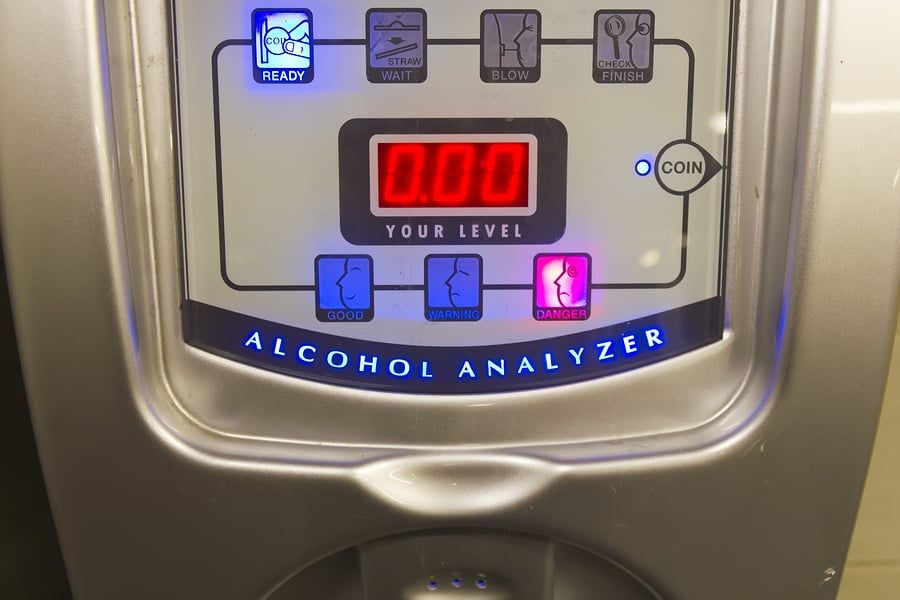 If you have ever been driving behind a person you suspect has been drinking, you probably drove a lot more cautiously in order to avoid a dangerous situation until you could alert the police and find a safer route to your destination. Watching someone weaving through lanes, almost hitting other cars or roadside objects, speeding up and slowing down can be a scary experience, but, you were lucky that you saw it and could do something about it. Not everyone is that lucky.
If you have ever been driving behind a person you suspect has been drinking, you probably drove a lot more cautiously in order to avoid a dangerous situation until you could alert the police and find a safer route to your destination. Watching someone weaving through lanes, almost hitting other cars or roadside objects, speeding up and slowing down can be a scary experience, but, you were lucky that you saw it and could do something about it. Not everyone is that lucky.
Drunk driving is still a problem, despite decades of law enforcement and awareness campaigns devoted to stopping drunk drivers. With the continued support of ignition interlock legislation, we are more likely to reduce those numbers, as an ignition interlock device (or car breathalyzer) takes away the choice to drink and drive.
Why are ignition interlock programs important?
- Each year, about 10,000 people die in drunk driving accidents.
- It is estimated that a convicted drunk driver has driven under the influence around 80 times prior to any conviction.
- In states where all-offender ignition interlock laws were passed, the drunk driving deaths dropped by more than 30 percent.
- Repeat drunk driving offenses are reduced by 67 percent, according to the Center for Disease Control (CDC), due to ignition interlock devices.
With our technology-dependent society, it only makes sense that a device helps take the guesswork out of drinking and driving, especially when a person cannot always be trusted to make the responsible choice after a night of drinking. The future of ignition interlock success is promising, but, only with the support of the public. Instead of cautiously driving behind a drunk driver, wondering what more can be done to keep us safe in our own cars, we can make a pledge to support legislation and organizations like MADD and continue implementing ignition interlock programs in all states.

 Can Calorie Counting Deter Drunk Driving?
Can Calorie Counting Deter Drunk Driving?